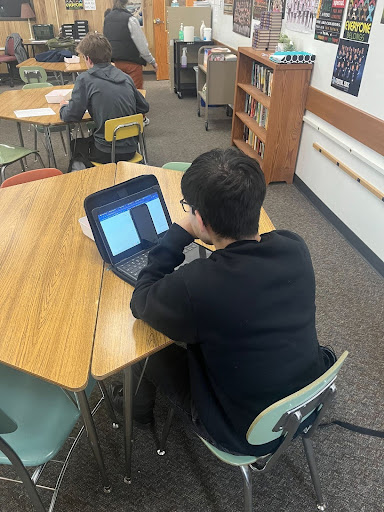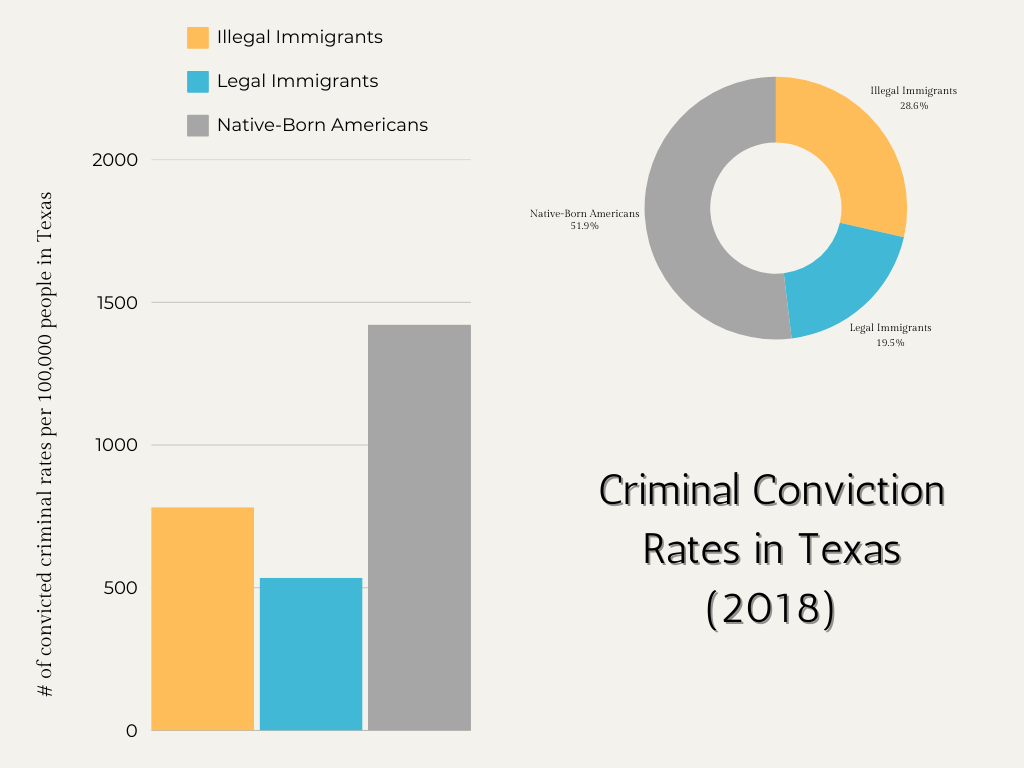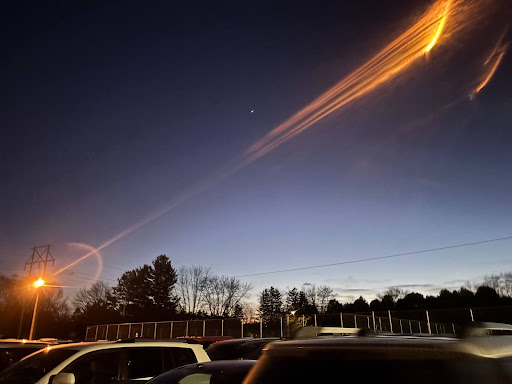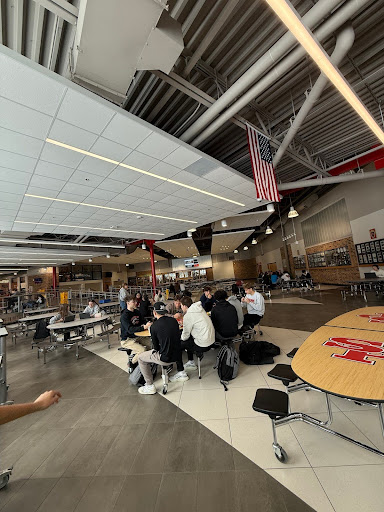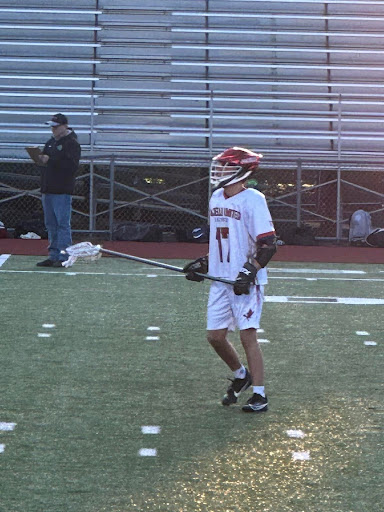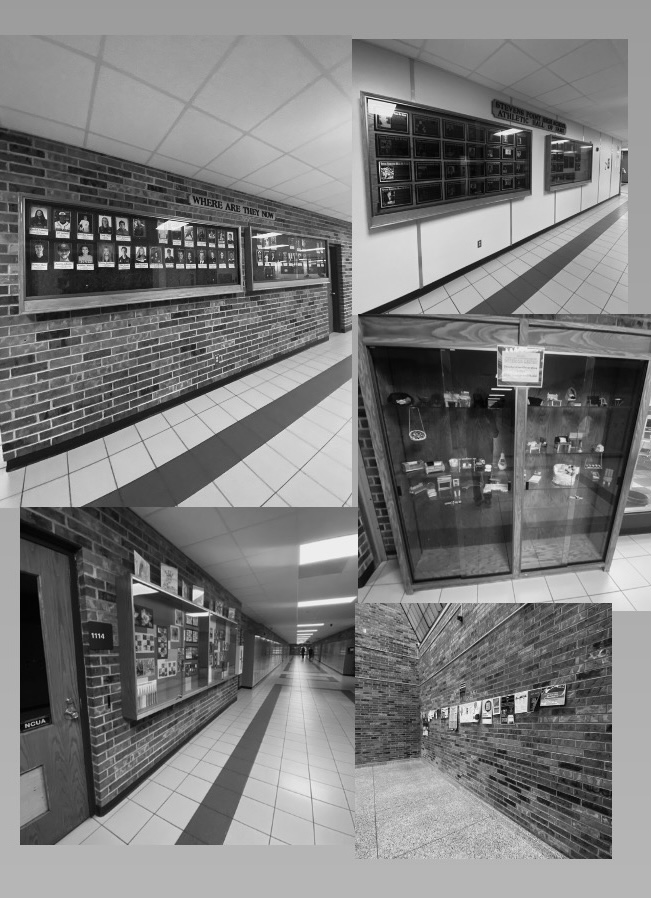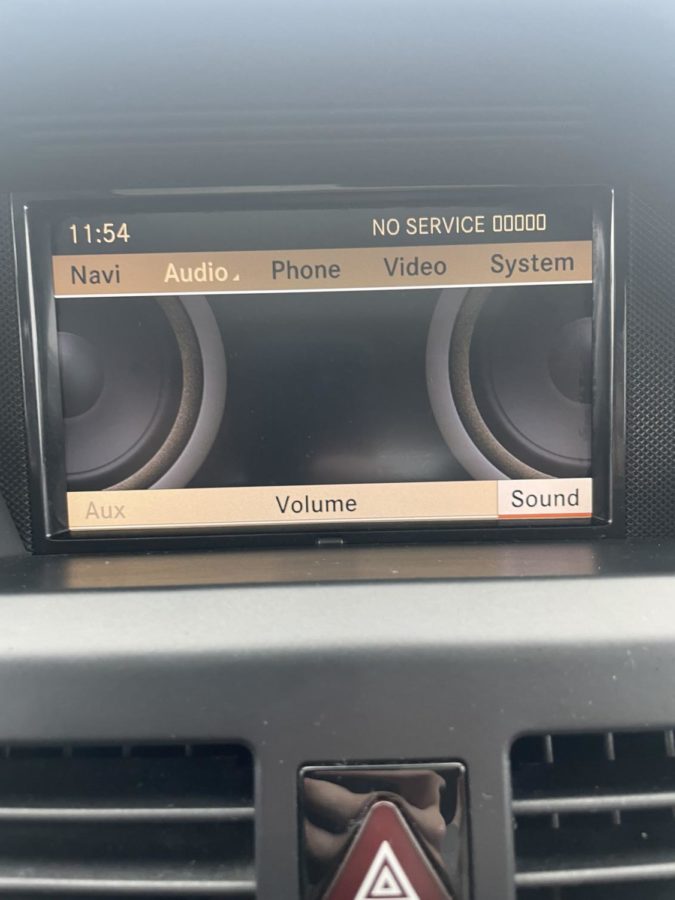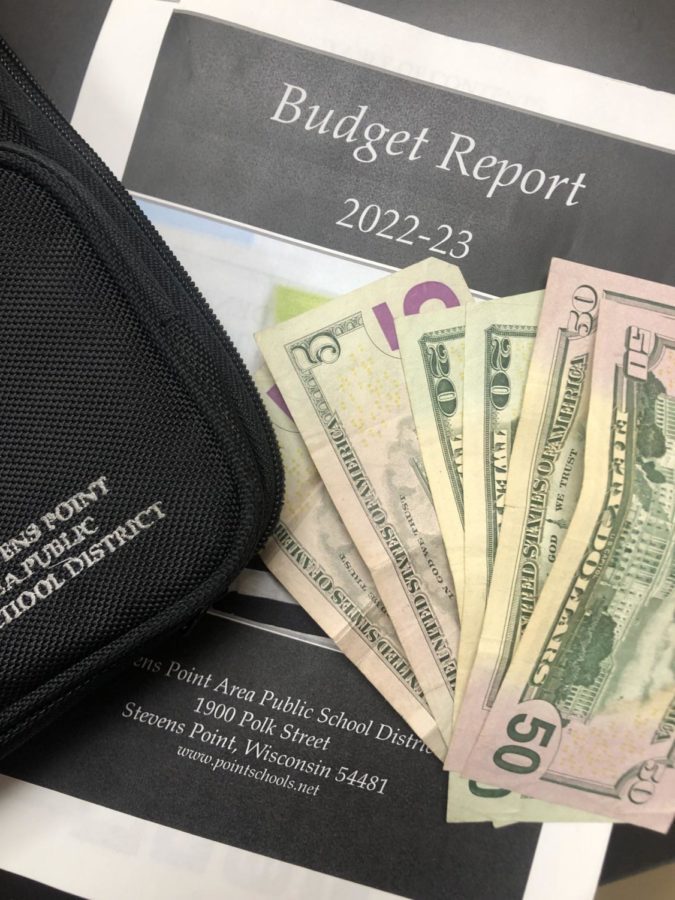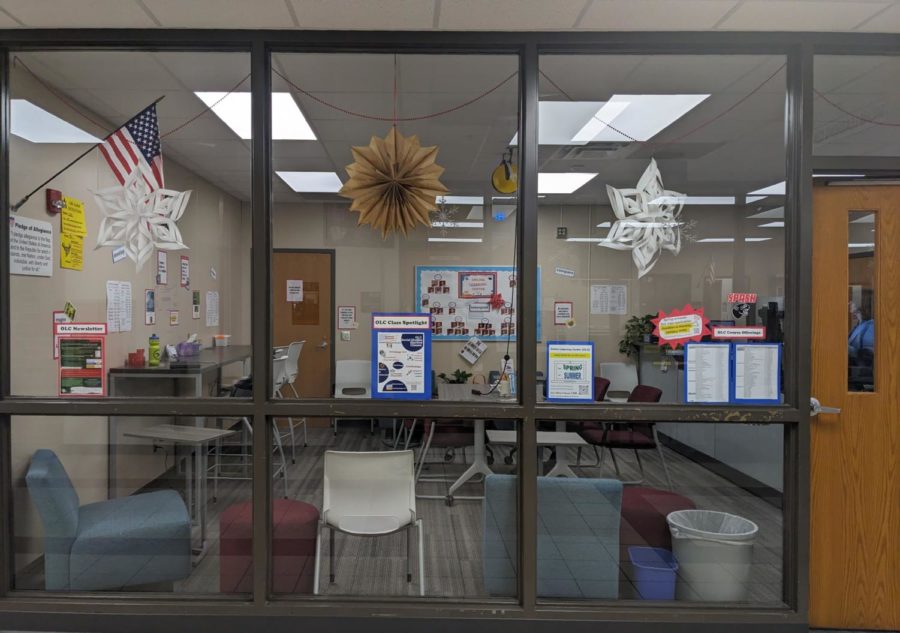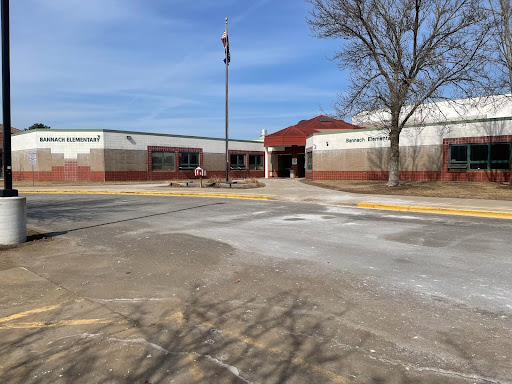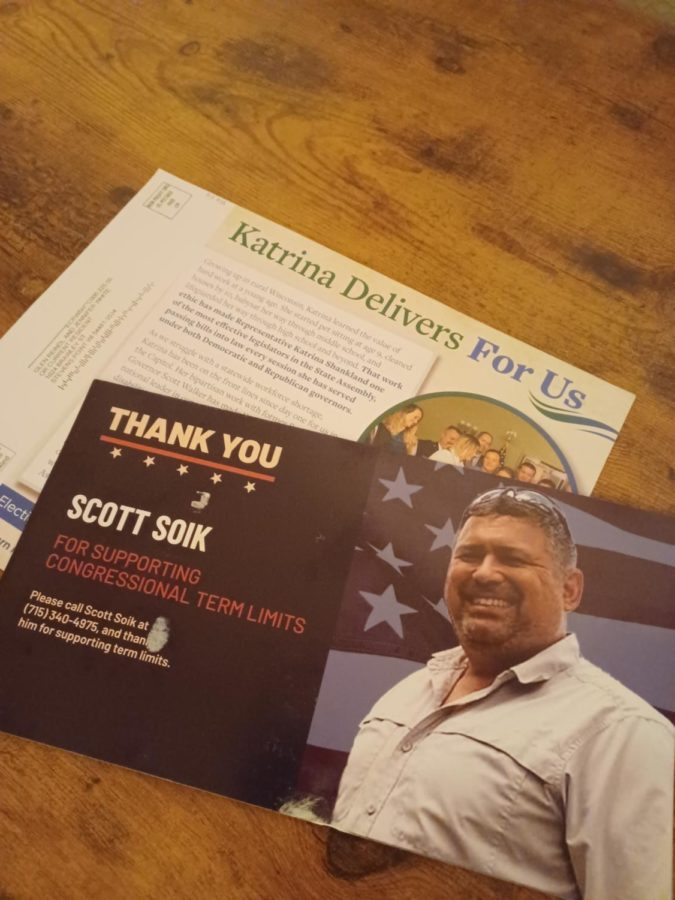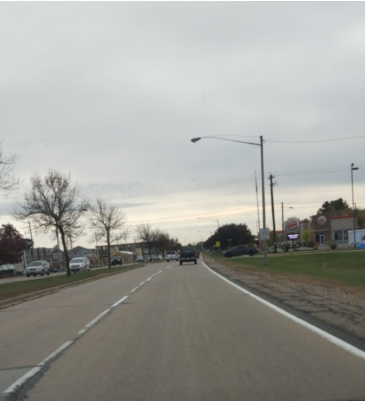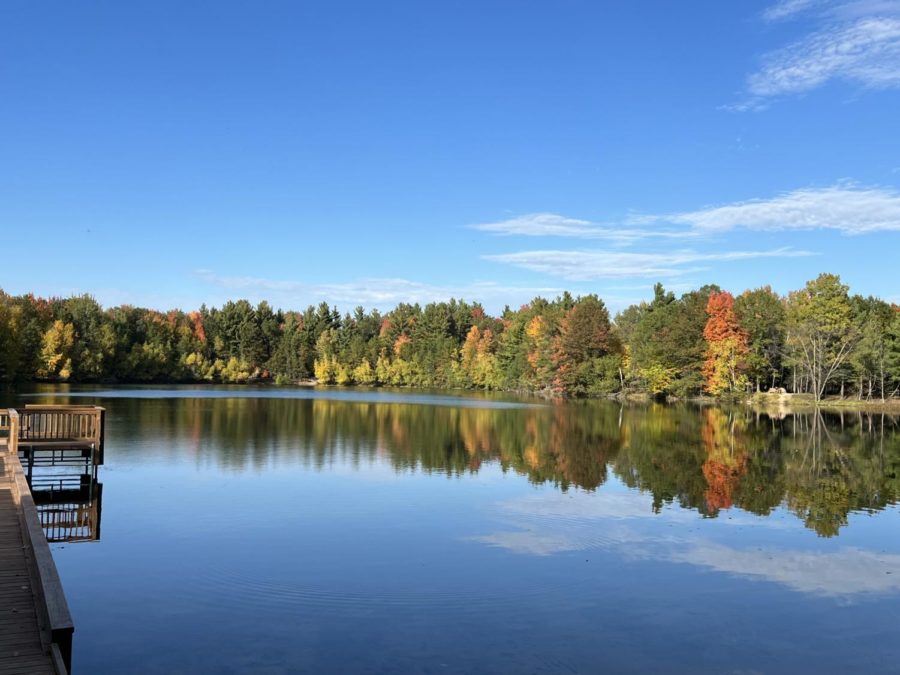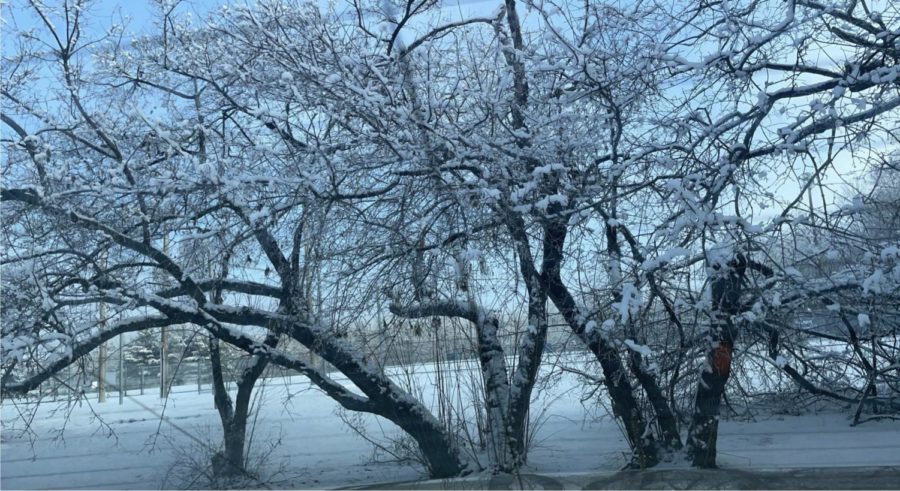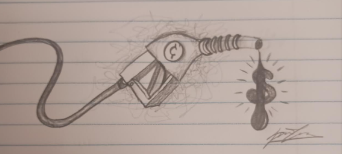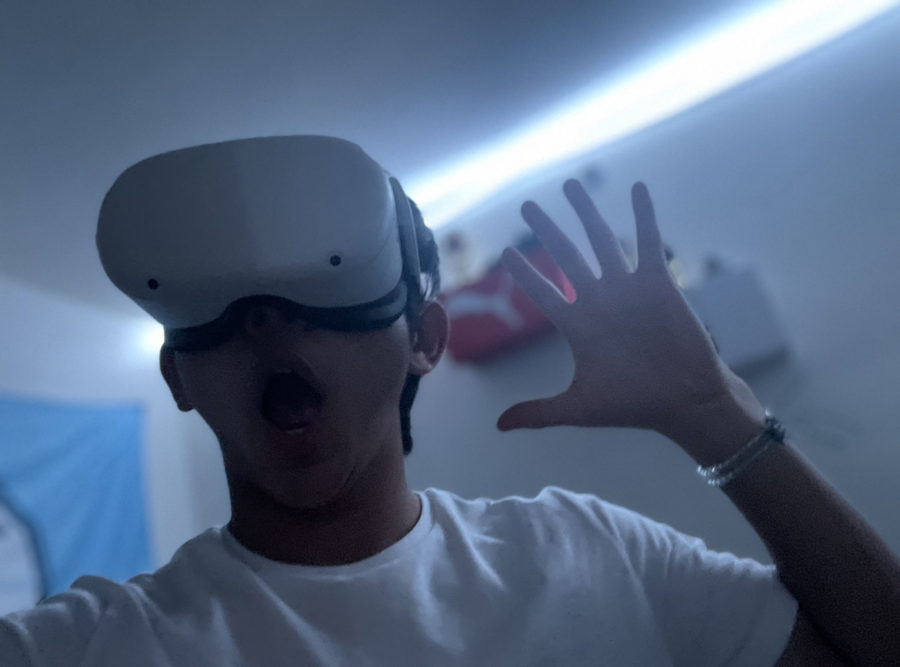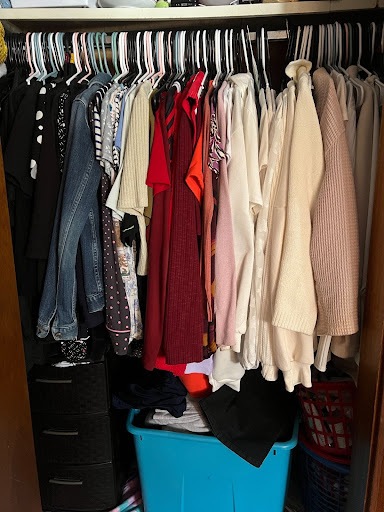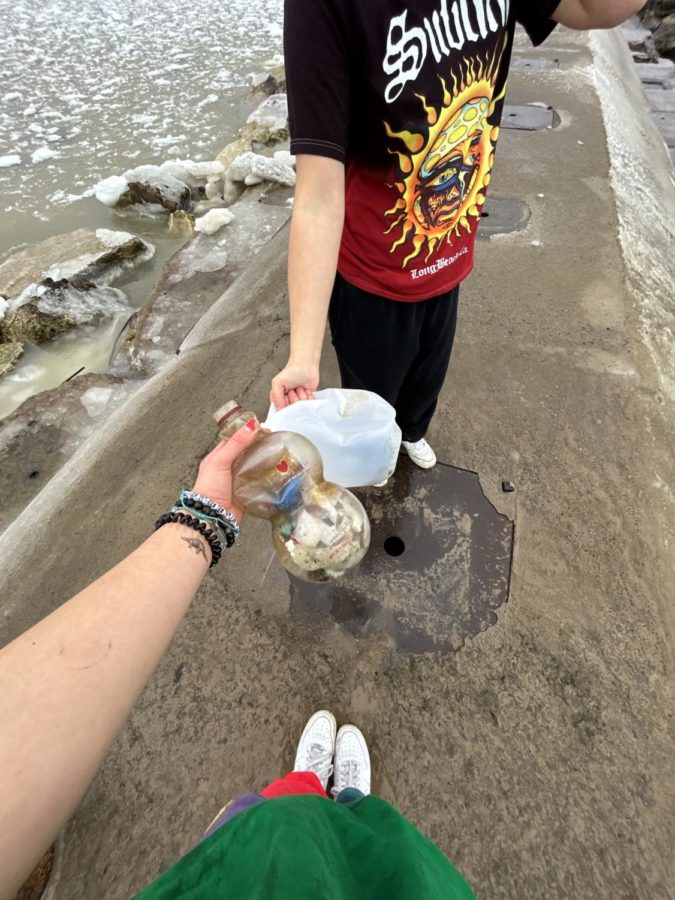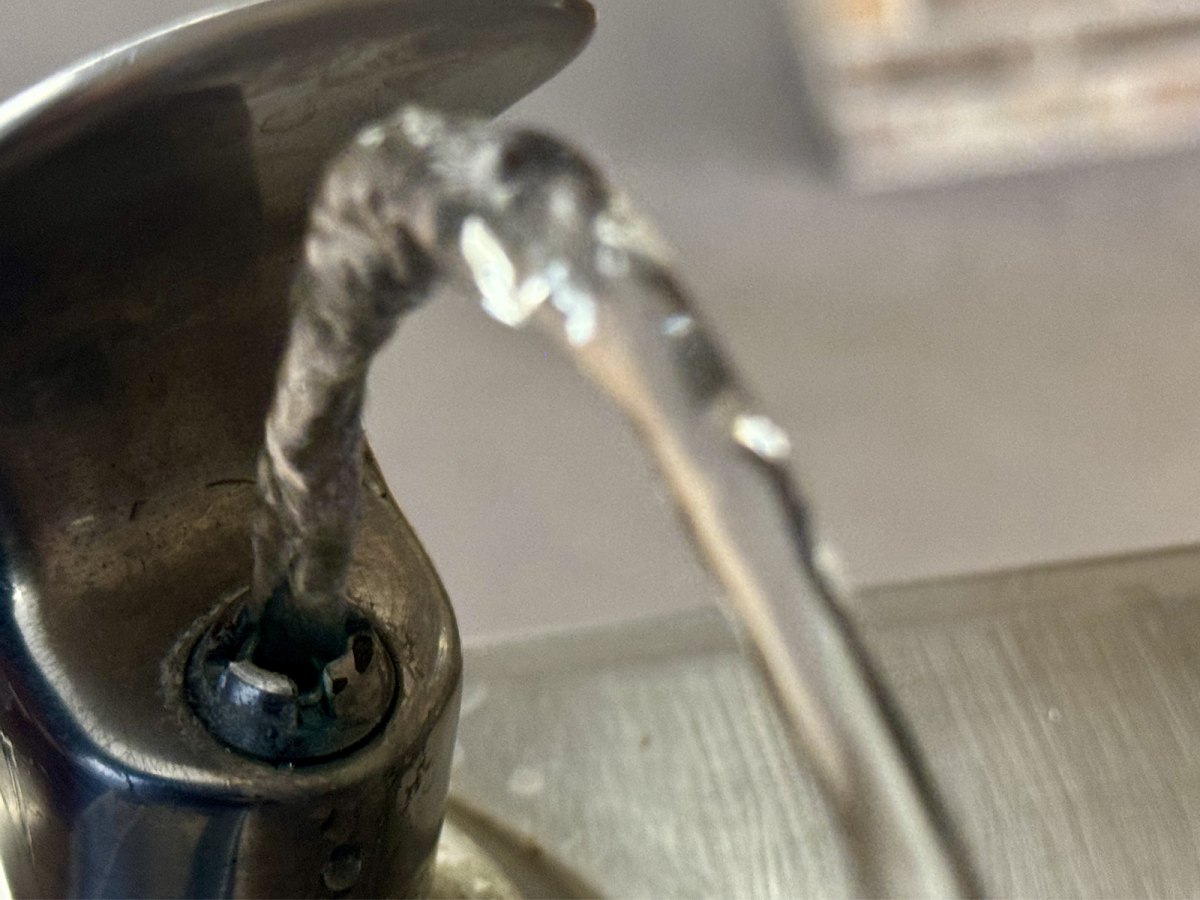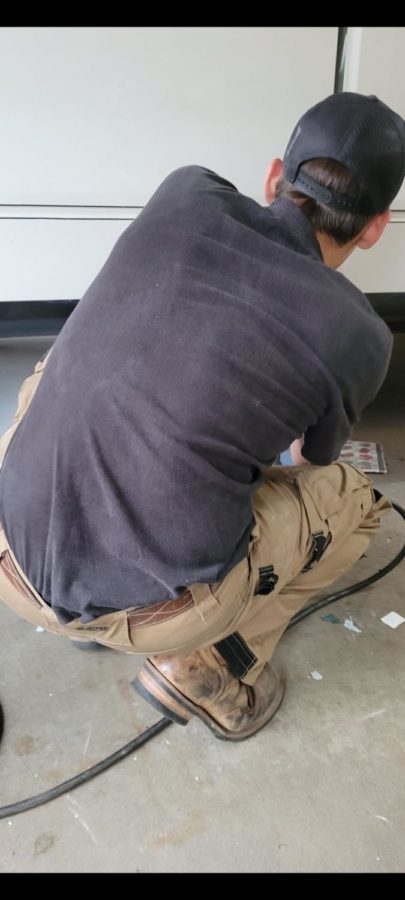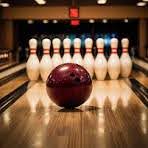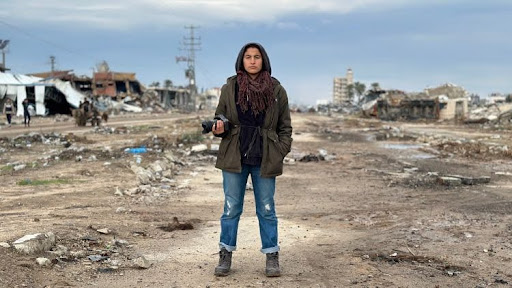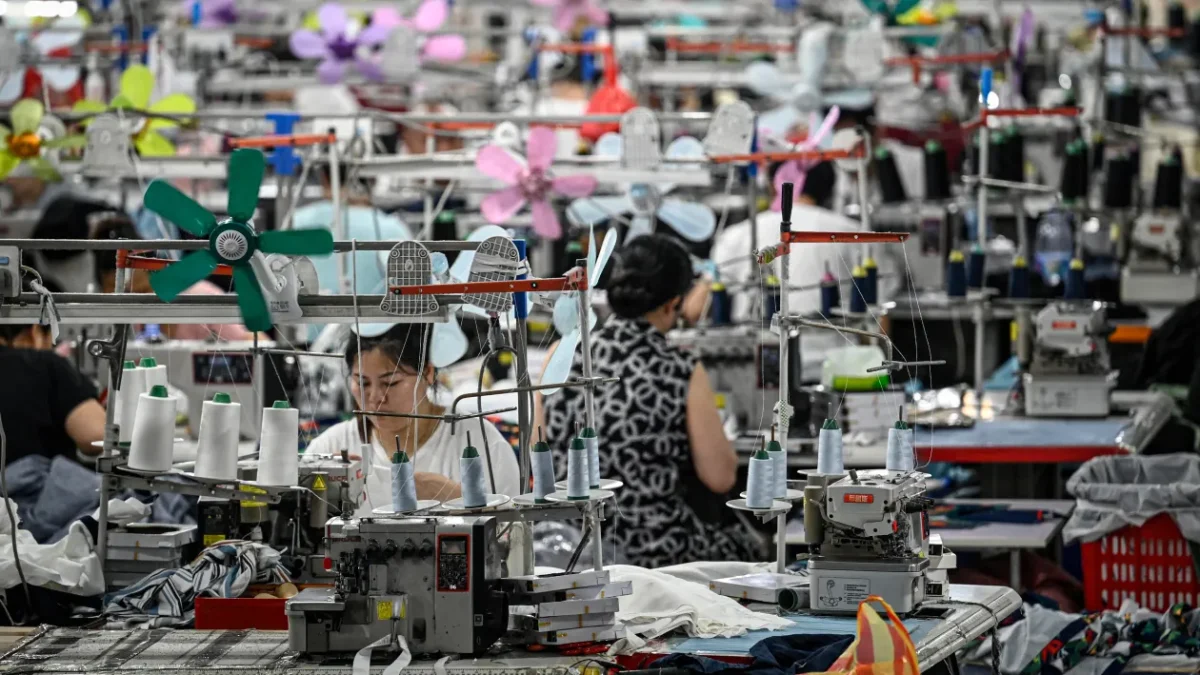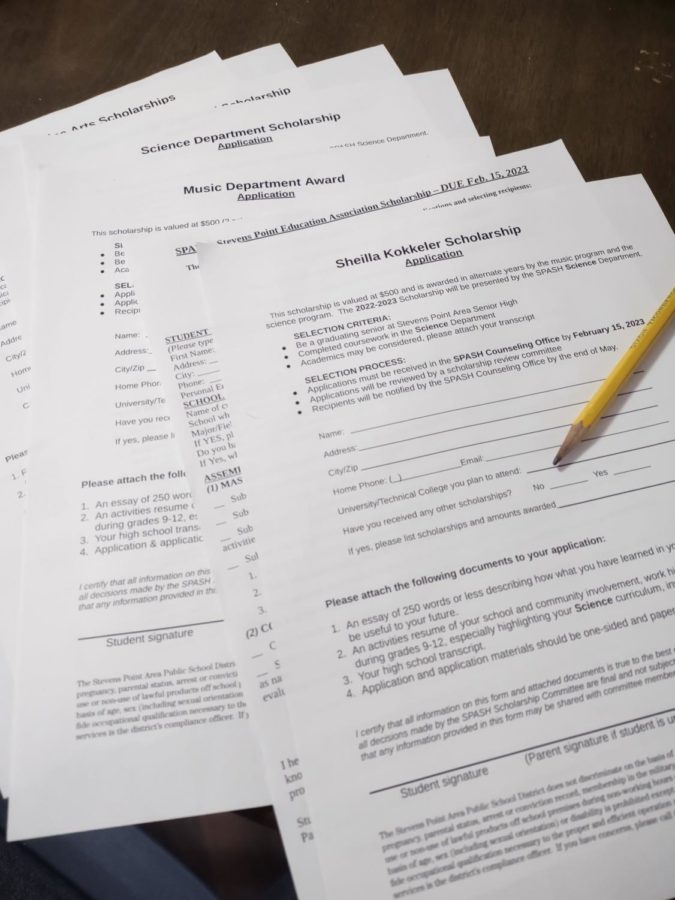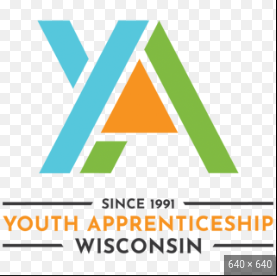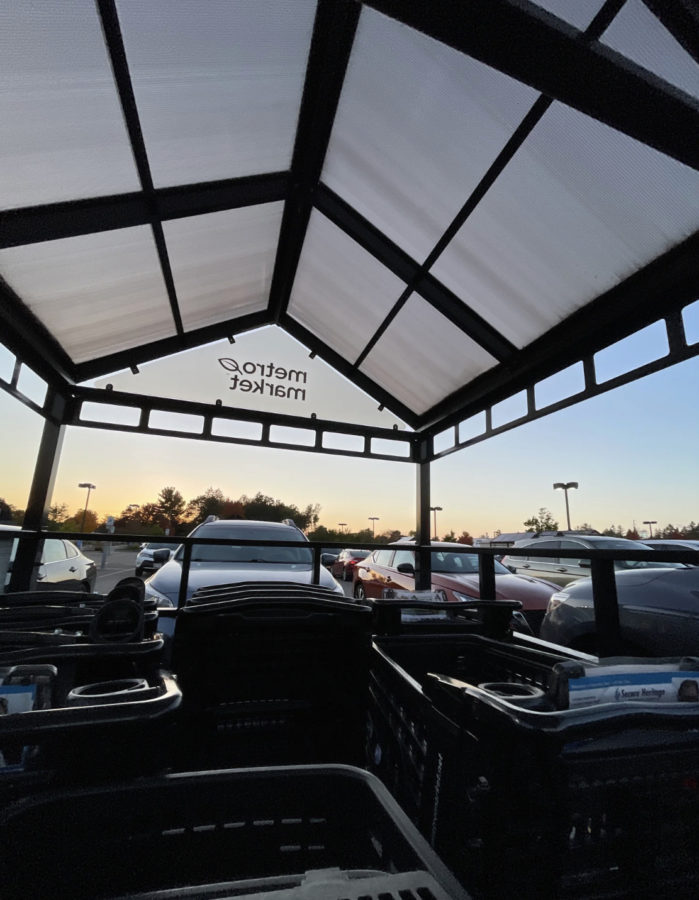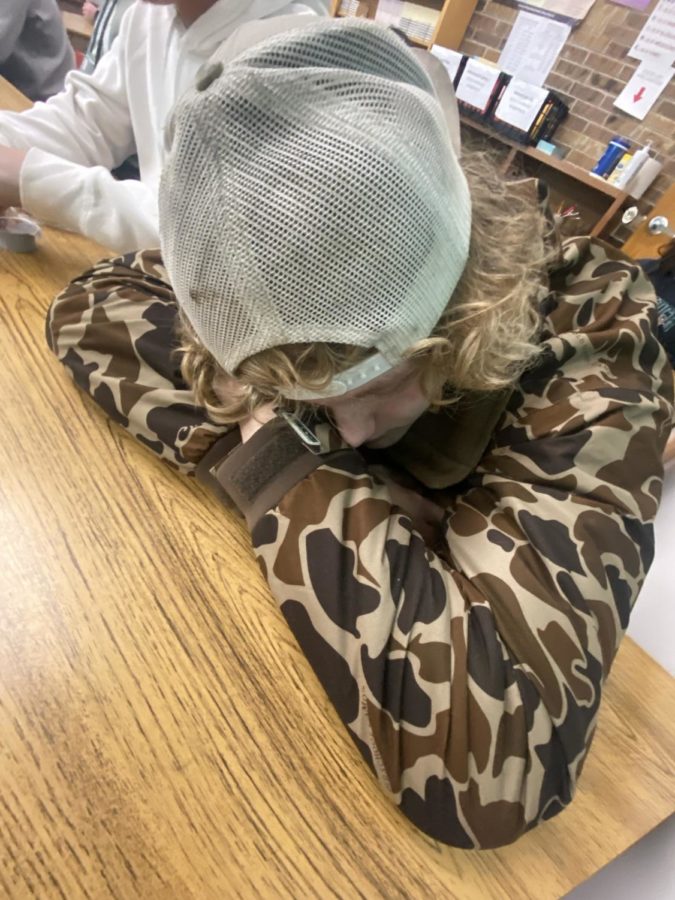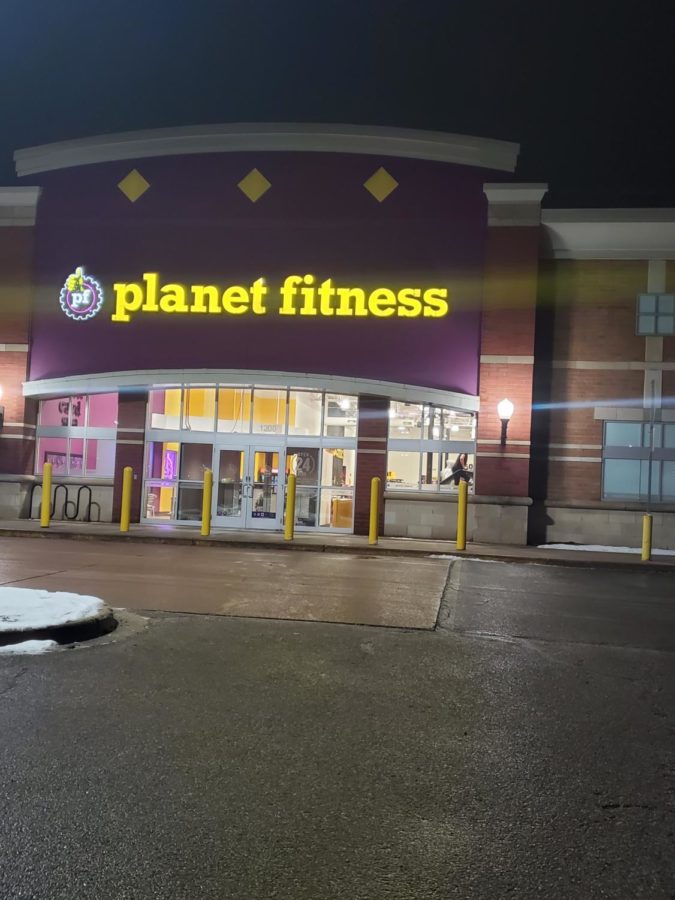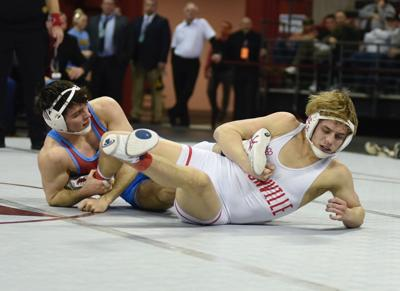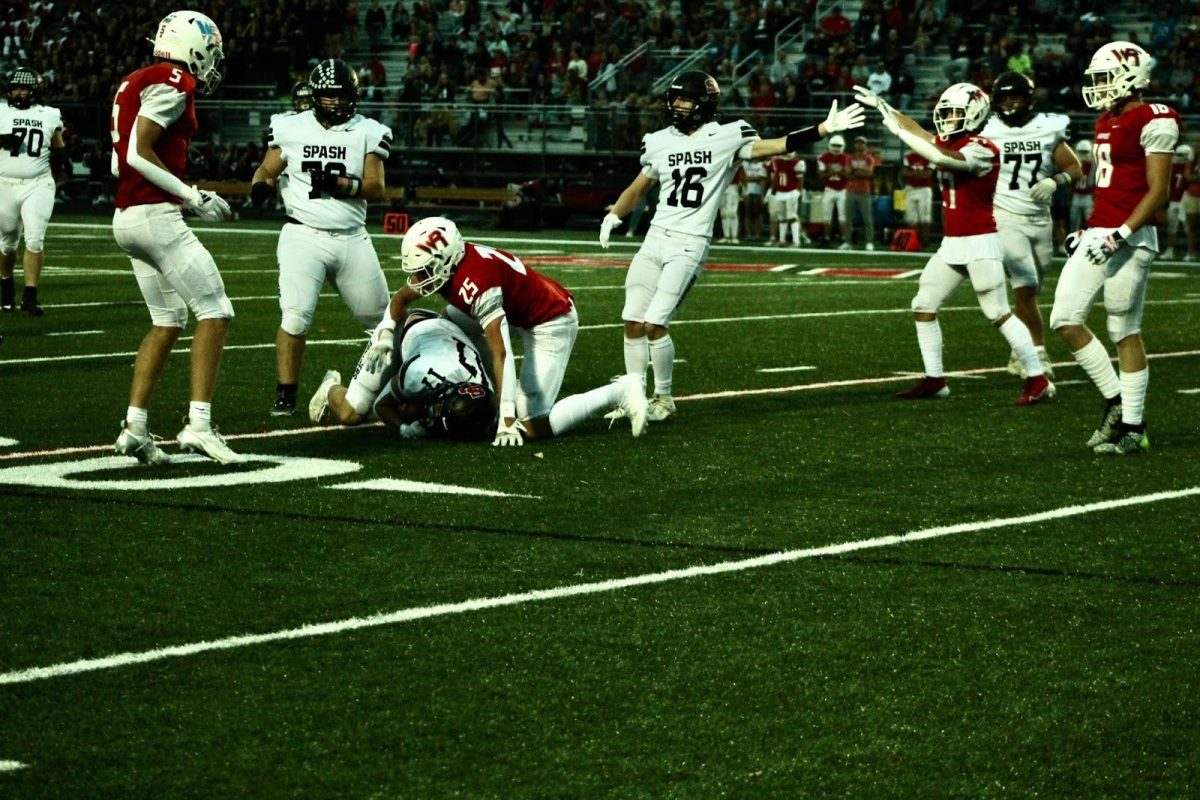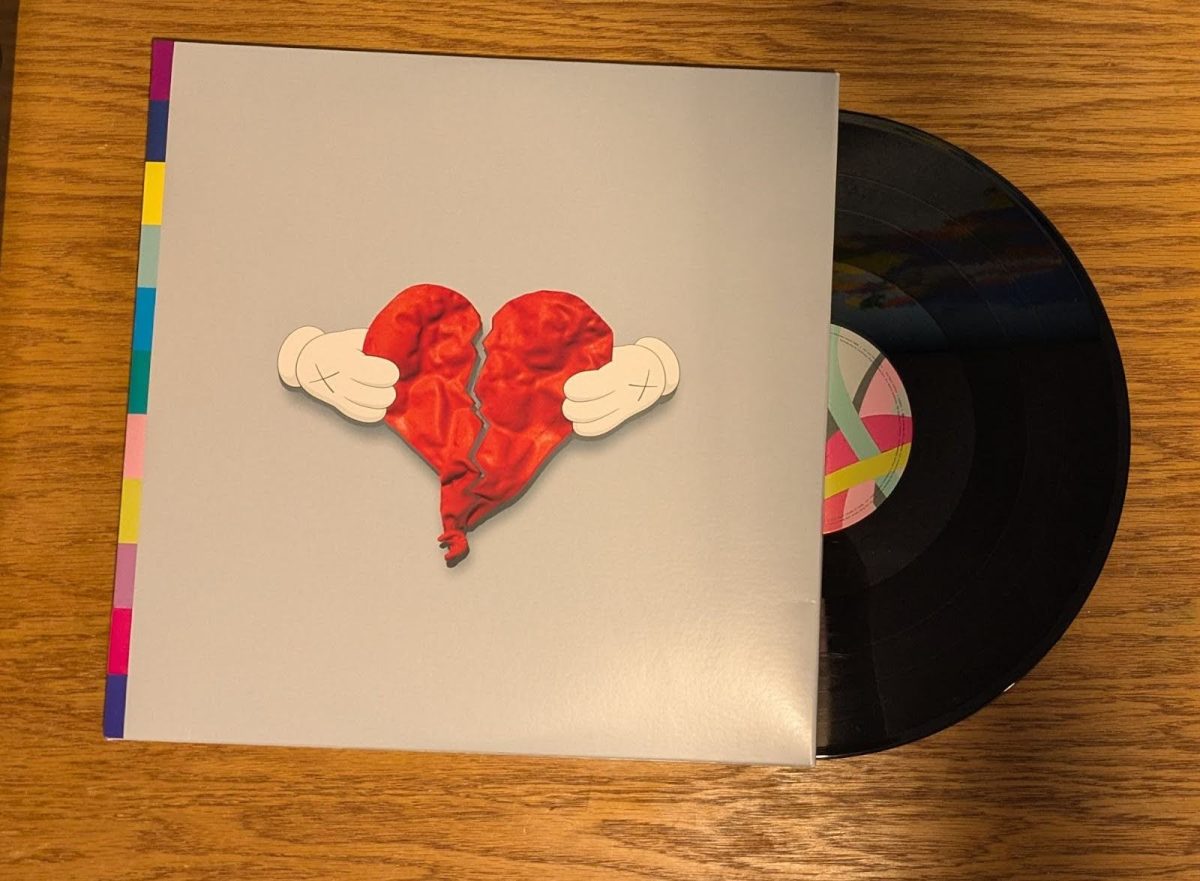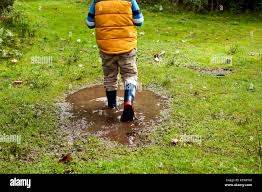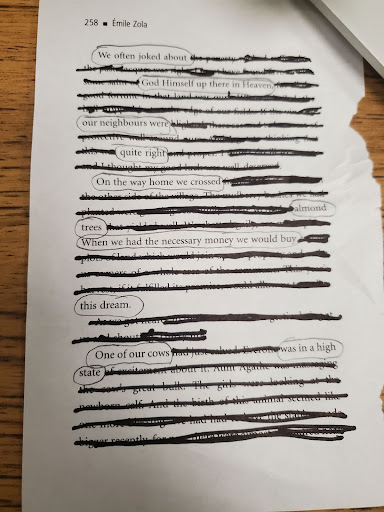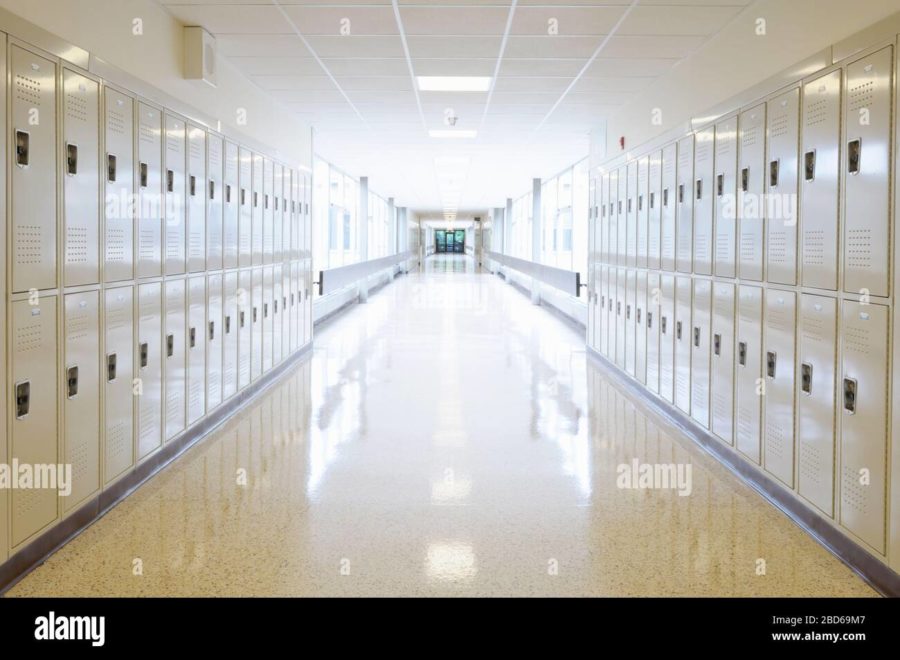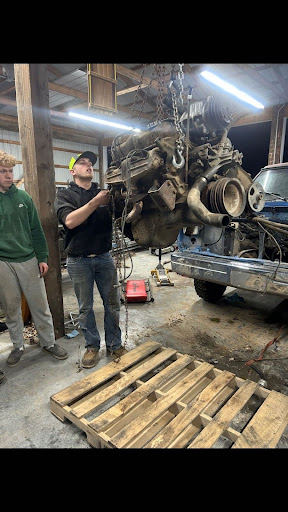Outdoor education and hands-on learning go hand in hand. While hands-on learning is the most common way of learning for young adults, teens and children, outdoor education is used at every age. As brought up in the article Top 10 Benefits of Hands-On Learning: Why It Works, written by Bill Laurienti, he wrote, “Hands-on learning is crucial to the development of anyone as it allows enhanced engagement, improved retention, development of critical thinking skills, practical application of any knowledge, allows creativity and encourages collaboration.” Following that, outdoor education is a critical must for all organisms. As Shannon Escobedo wrote in the article Top 10 Reasons Outdoor Education is Essential for Kids, “ It is beneficial for children because it improves their focus and academics…it accommodates different learning styles and abilities, increases cooperative learning and social interaction, has organic teachable moments, unstructured play, allows breaks from screens and fosters appreciation and love for the natural world.” With outdoor education, adults, being mostly the child’s guardians, focus on enhancing children 3-5 years old to love the outdoors.
While hands on and outdoor-ed can be separate, many classes use them together. As an example, Wisconsin River Academy, commonly called WRA, a class at SPASH, has 3 hours at the end of all 5 school days for the whole year going outside using outdoor education. In this class the 3 teachers, Brian Swenson, Glenn Reindl and Ryan Marnocha all have a different portion of what to teach; although all 3 have something in common, they all bring their group of the class to learn about trees, landscapes and history while having it right in front of you. Not only are these students going on walks outside, they go hands-on removing invasive species, cutting down hazard trees in the Sculpture park but also snow-shoeing, cross-country skiing, canoeing, ice-fishing and more. After an interview with Brian Swenson, one of the WRA teachers, he stated “Most people who join this class are mainly those who struggle to learn in a classroom setting. They are people who want to be outdoors learning and using their hands.” WRA makes it so that all students have the opportunity to learn how they learn best. The kids who join WRA are making friends with people who also struggle in classrooms and along the course of the year long class, they begin to make new friends as they switch the mini groups every so often. “WRA allows students to be more successful as they are hands-on with everything we do in the class,” Swenson said. Even with the worksheets in the class, it is always followed by learning something outside through your own experience. For example, if you have never gone ice fishing, you can go on a field trip to Lakeside and learn how to ice fish by doing it with classmates and the teachers’ help.
With all this information, it seems pretty self explanatory that outdoor-ed and hands-on learning are complementary to each other. Many ways have just been given to you with just one class. There are a significant number of other classes that use these two learning techniques, in a variety of ways. WRA may seem boring and like lots of unfun work for most, but you get to do everything yourself, and that is almost all WRA students favorite part of the class.

